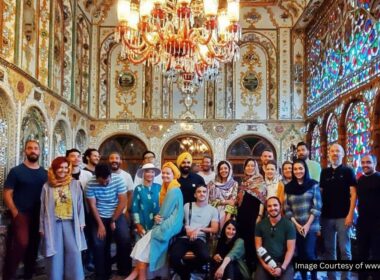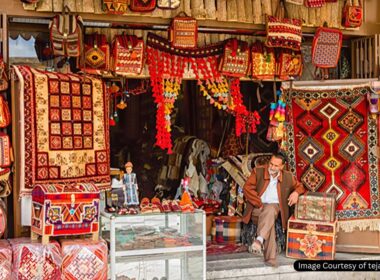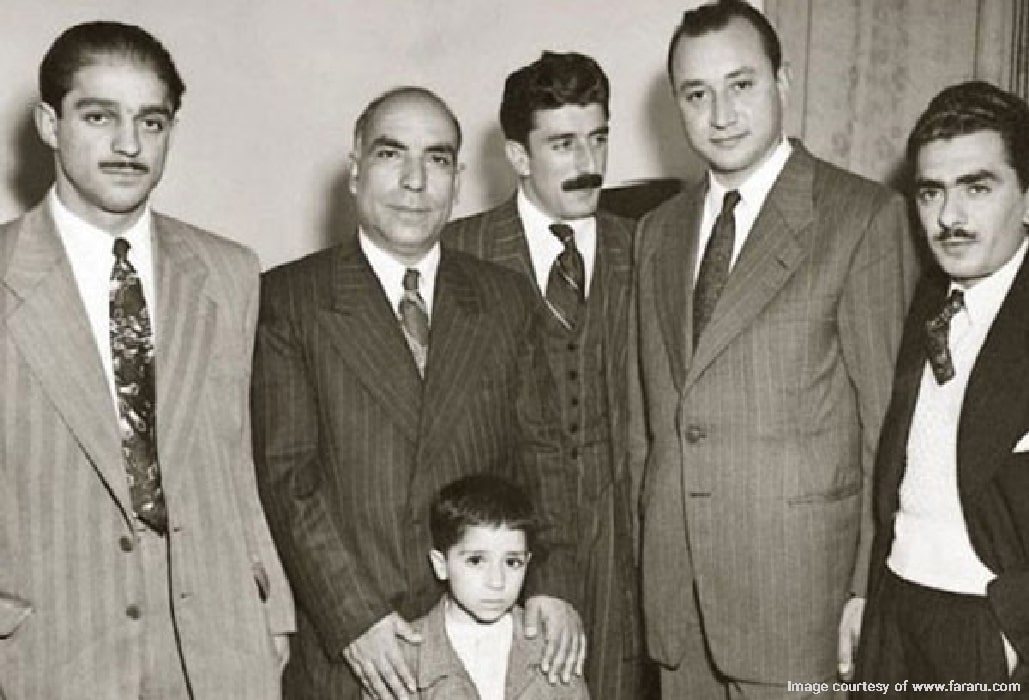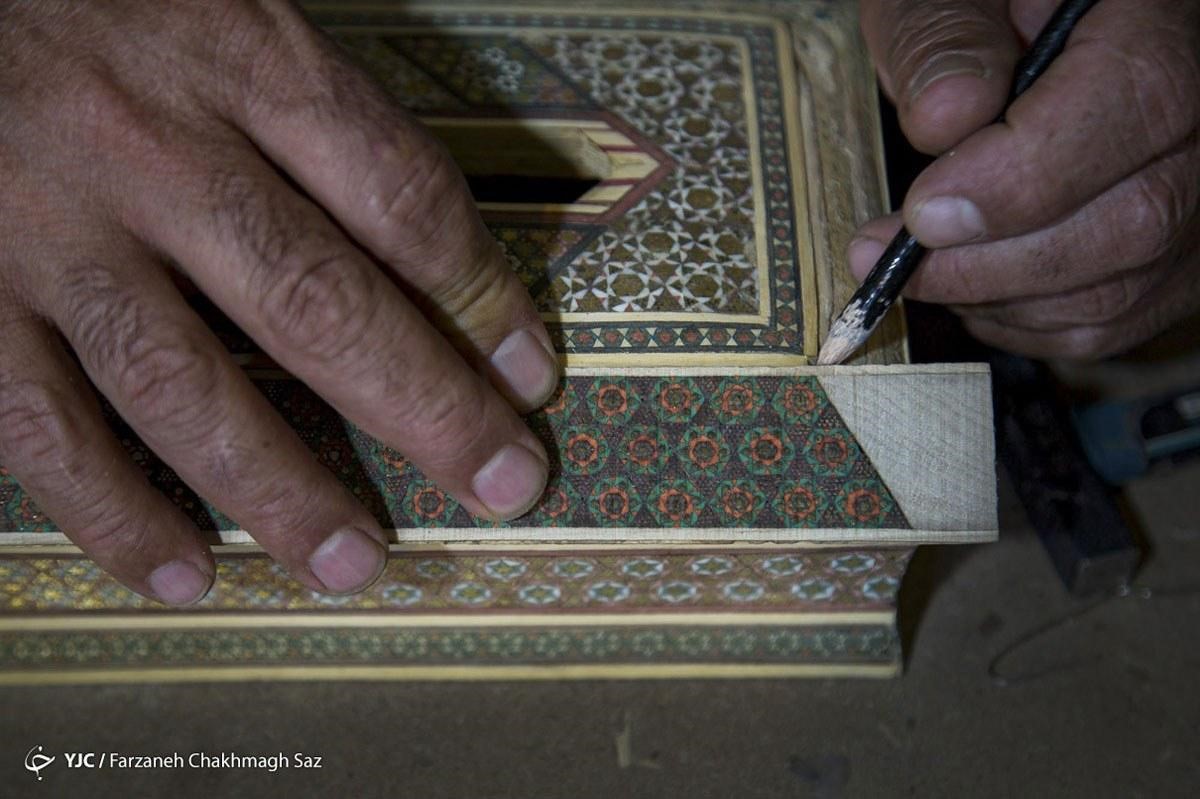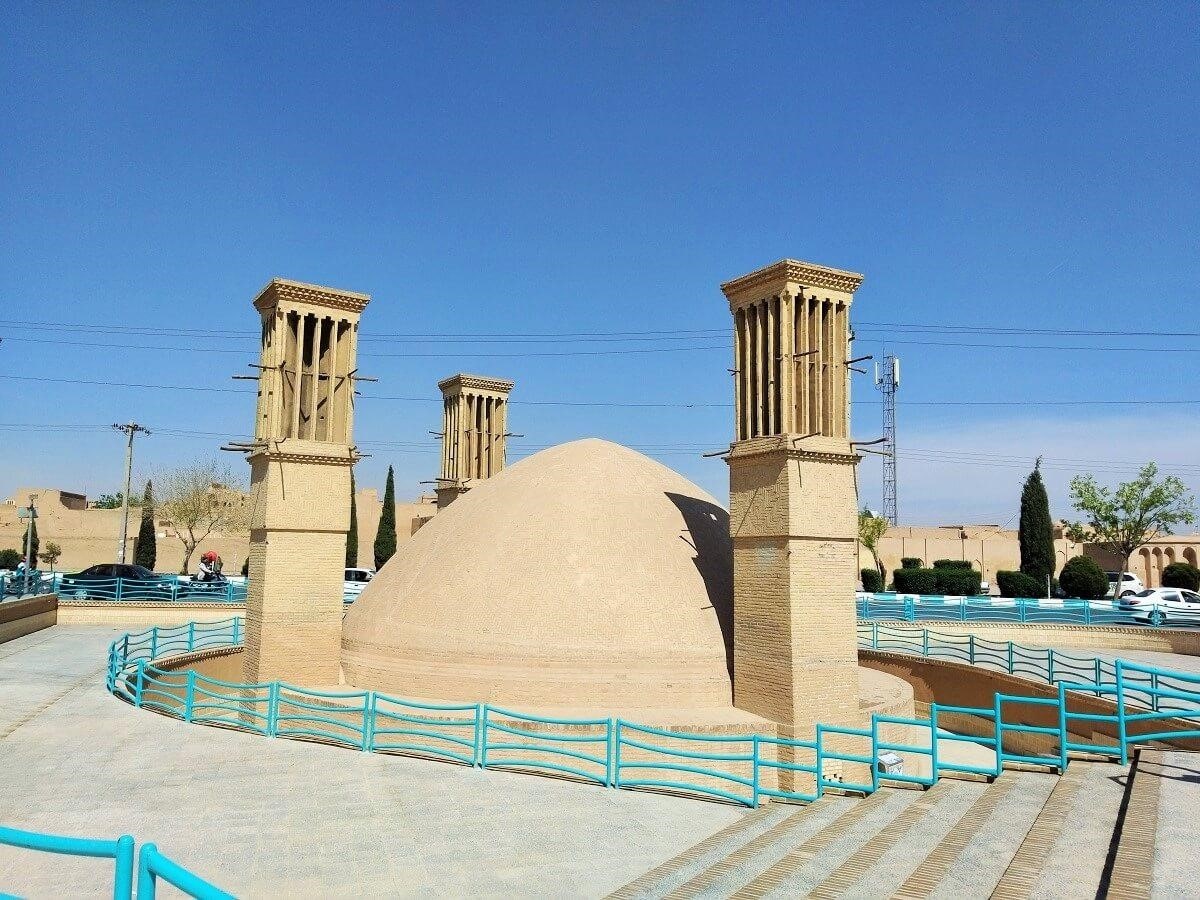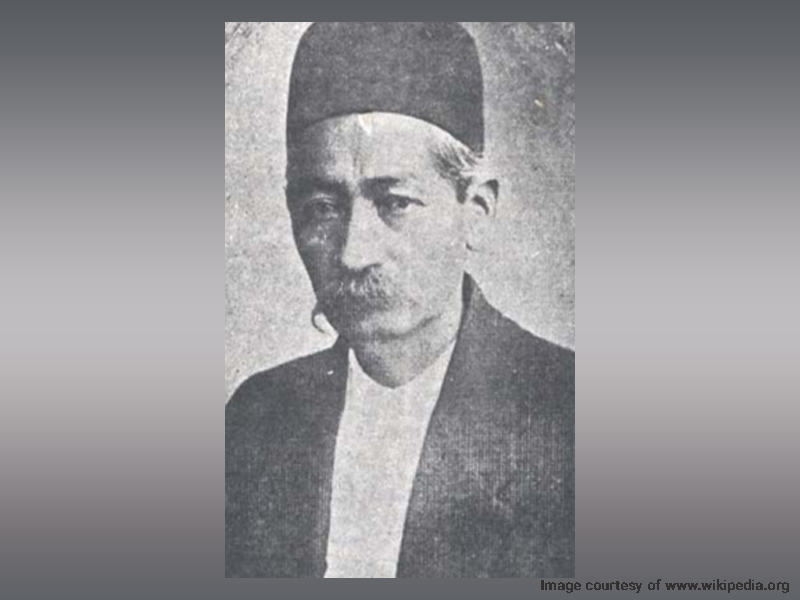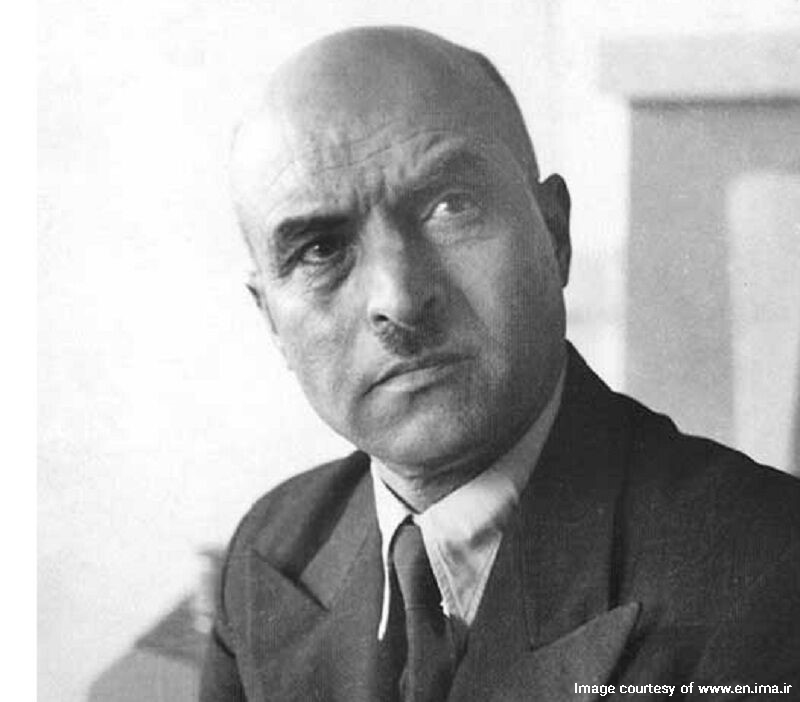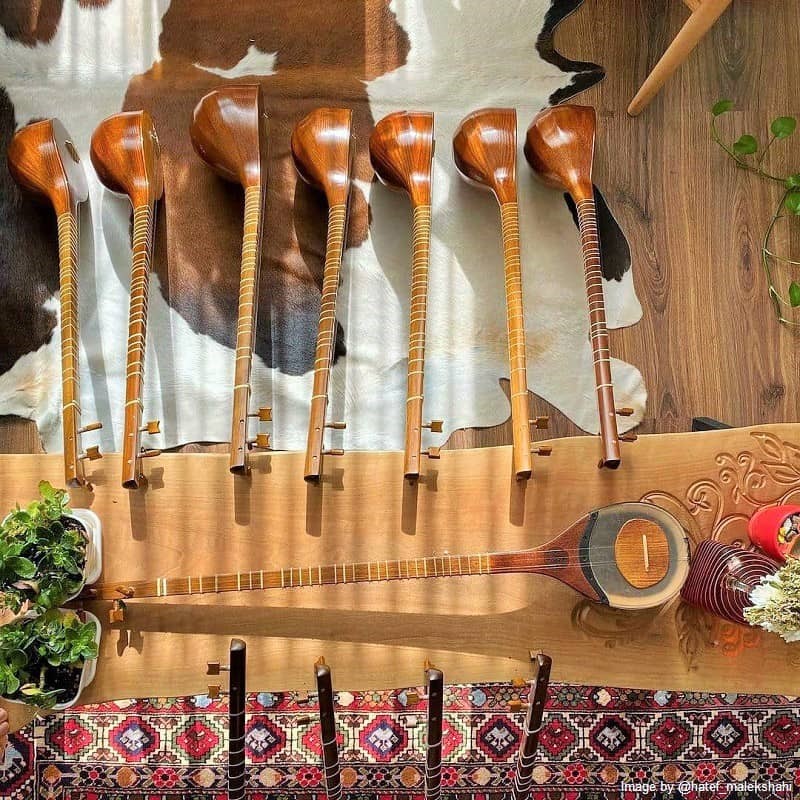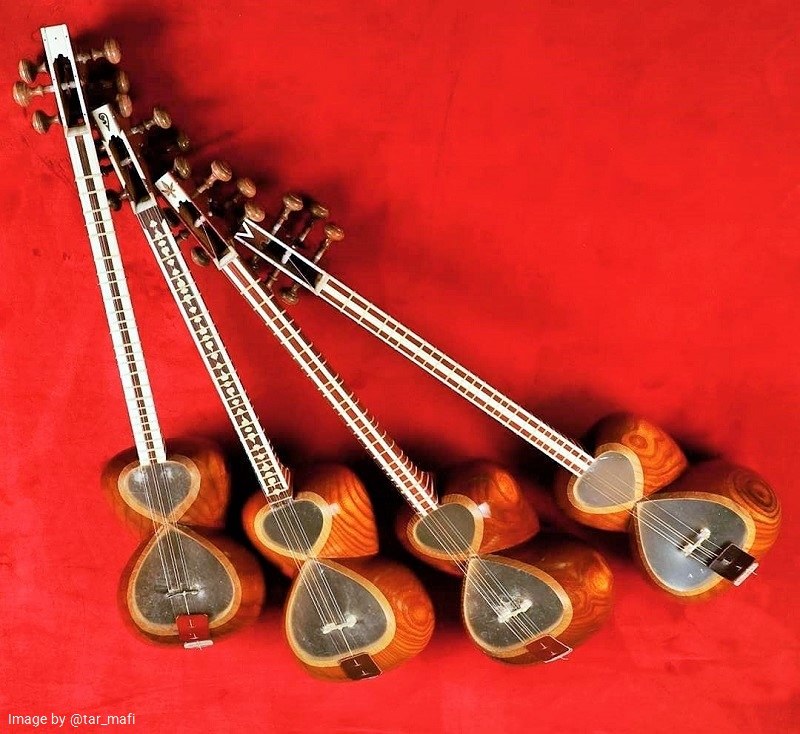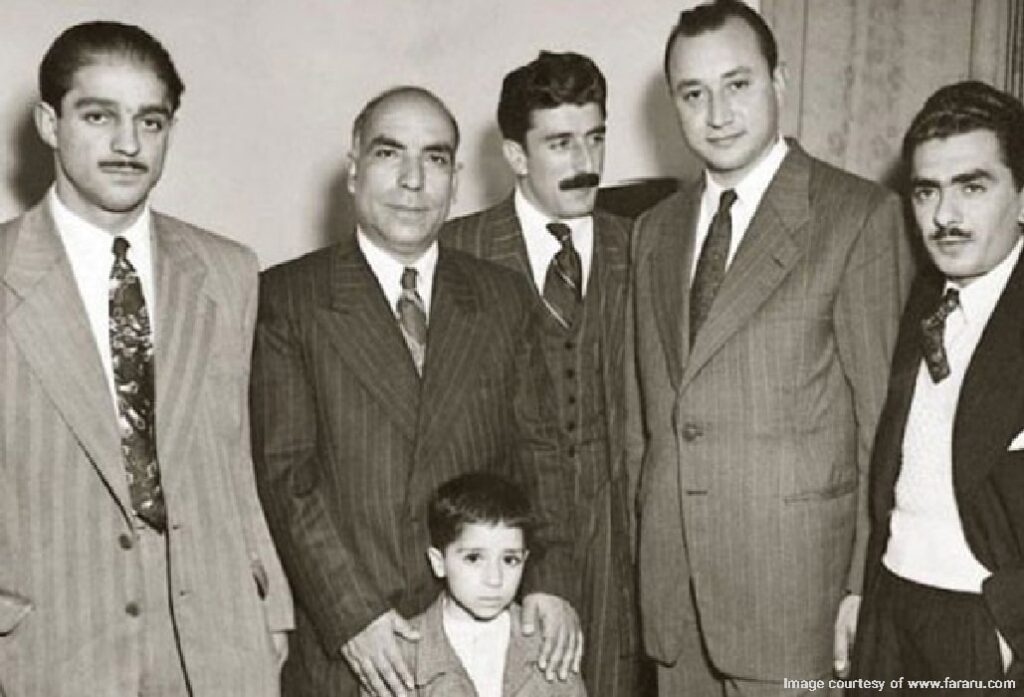
Jalal ud-Din Taj Esfahani was a famous Iranian traditional singer in the contemporary period. He brought to life classical Persian poems from renowned poets such as Sa’adi. Taj Esfahani is recognized as one of the masters of Persian traditional music.
Taj Esfahani Biography
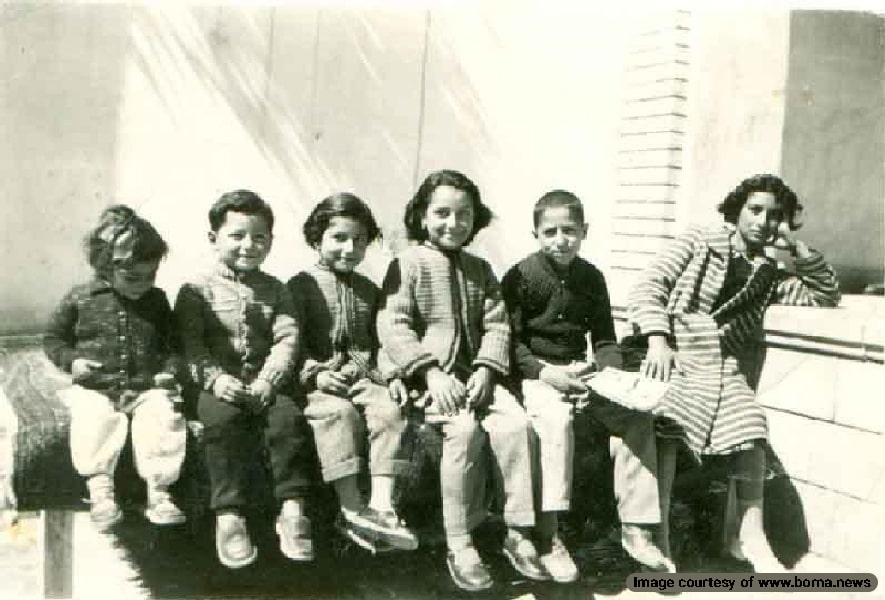
Jalal ud-Din Taj was born in 1903 in Isfahan. His father, Sheikh Ismail, was a Vaez (Islamic preacher) known as Taj ol-Vaezin (the crown of preachers). Sheikh Ismail was familiar with traditional Iranian music systems (Dastgah) and often implemented them in his preachings.
In childhood, he grew fond of traditional music and often sang when his father was not around. At age 9, his father accidentally heard his voice. Sheikh Ismail was moved by his son’s musical talent. In his early education, Jalal ud-Din learned the principles of traditional Persian music and singing from Seyed Abol Rahim Esfahani, a Qajar-era mystic and music expert.
Later, he studied traditional Iranian music with famous musical figures of the Qajar period such as Nayeb Asad ul-Lah (Ney player), Mirza Hossein Andalib, Mirza Hossein Khozoi, and Habib Shater Haji. Taj Esfahani started accompaniment (singing along to a musical instrument) with Hossein Khan Ismailzadeh, a Kamancheh player, and learned how to maintain harmony under his tutelage.
Taj ud-Din Esfahani admired Persian literature, especially classical poetry. He knew countless Persian poems by heart and sang them during his public sessions. He had a unique talent in the declamation of poems with his resonant voice. He was one of the few singers who could implement Tasnifs (ballads) from Persian traditional music in his declamations.
Taj Esfahani’s Career in Music
With the arrival of radio broadcast technology to Iran in 1940, Taj Esfahani joined the first music program on Radio Tehran. He sang along with musical bands and renowned musicians such as Habib Soma’i. He later joined Radio Isfahan and in 1949, he was appointed the official caretaker of the radio station’s musical band. In 1951, Taj Esfahani was employed in Radio Tehran as a consultant for the music department.
Throughout his career, he tutored many students who would go on to shape contemporary Iranian music. His most notable students included Mohammad-Reza Shajarian, Alireza Eftekhari, Iraj (Hossein Khajeh Amiri), Moein (Nasrollah Moein Najafabadi), Hamidreza Noorbakhsh, and many other famous figures in Iran’s contemporary music industry.
Taj Esfahani’s Famous Musical Works
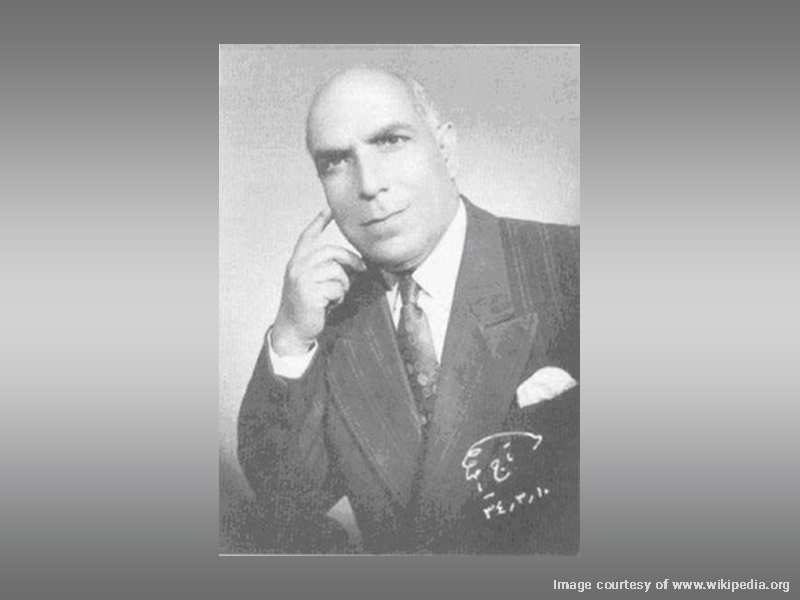
Jalal ud-Din Taj created musical collections that became industry standards in contemporary renditions of traditional Iranian music. His most famous collection is “Avaz-e Homayoun”, recorded in 1933. This song became a standard in the Music School of Isfahan, a distinct style of Persian traditional music that emerged during the Qajar period.
The pinnacle of this collection is Atash-e Del, written by Hasan Sadr Saleh and produced by Abdolhossein Barazandeh. Taj Esfahan leads this track with Avaz-e Abu-Ata (A famous voice-leading part of Iranian traditional music).
In an interview in the 1970s, Taj Esfahani claimed he had sung the Tasnif (ballad) Morq-e Sahar in the Saham ud-Doula Garden in 1927. The poem was written by Mohammad-Taqi Bahar, but the first rendition of Morq-e Sahar was led by Taj Esfahani with several other musicians joining the performance.
Throughout his career, Taj Esfahani performed in many concerts all over Iran. His performances in Isfahan, Tabriz, Shiraz, Kerman, Arak, and Abadan took place between 1926 and 1948.
In 2019, a comprehensive collection of Taj Esfahani’s recordings during his youth was published with the efforts of Isfahan’s Music Council.
Taj Esfahani’s Character and Mannerism
Taj Esfahani is remembered by his students and colleagues as a kind, gentle soul whose character was as elegant as his songs. According to his daughter, Parvin Taj, he never received payments from his students. He did not boast, or caress his ego, and would sing for anyone who requested it.
Alireza Eftekhari has said that Taj Esfahani never sought to harm or hurt anyone, and would always consider the consequences of most of his actions. According to him, Taj would emphasize ethics above all else in his classes.
Mohammad-Reza Shajarian described him as peaceful and generous, someone who never bowed to anyone for material gain. He always spoke well of others and did not mention anyone in vain. He would check up on his friends even when his health deteriorated.
Taj Esfahani married once and had four daughters and two sons. He passed away on Monday, December 21, 1981, at the age of 86 due to several health issues. He is buried in Takht-e Foulad historical cemetery in the Taj family tomb.
Learn More About the History of Iranian Traditional Music
Iranian traditional music has a rich history, dating back nearly 3400 years to the ancient city of Susa. If you are interested in learning more about traditional music, you can find other posts on our website that delve into its extensive history.
Iranian Traditional Music is a significant part of our intangible cultural heritage, and Destination Iran aims to promote it along with Iran’s tangible cultural heritage.
Frequently Asked Questions about Taj Esfahani
If you have any more questions about Taj Esfahani or Iranian traditional music, please let us know in the comments. We will respond as soon as possible.
Who is Taj Esfahani?
Jalal ud-Din Taj Esfahani is one of the most influential figures in Persian traditional music in the last century. He was born in the Qajar period to Sheikh Ismail, an Islamic preacher. He was a master of Avaz (a singing style in Persian traditional music) and was one of the first people to use classical Persian poems from Sa’adi and other poets in his music.
Who are the most famous students of Taj Esfahani?
Taj Esfahani tutored many notable figures who led the promotion of traditional Iranian music in the Qajar and Pahlavi eras and later. His most famous students include Mohammad-Reza Shajarian, Alireza Eftekhari, Iraj (Hossein Khajeh Amiri), Moein (Nasrollah Moein Najafabadi), Hamidreza Noorbakhsh, Ali Asghar Shah Zeidi, Reza Qarnian Esfahani, and many more.
What are Taj Esfhaani’s most famous works?
Taj Esfahani’s most famous piece is Avaz-e Homayoun, which became a standard for the Esfahani school of Persian traditional music. Atash-e Del and Morq-e Sahar are among the famous classical songs of this Iranian musician and singer.



